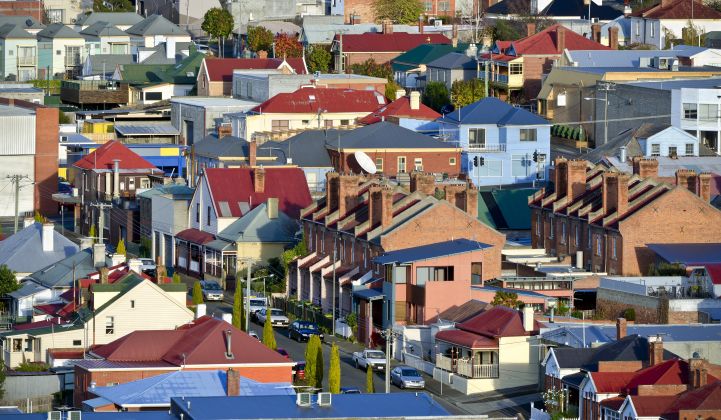Australian energy stakeholders have welcomed the release today of two reports setting out options for the makeup of the country’s future electricity market.
A post-2025 market design consultation paper from the Energy Security Board (ESB) and the Coordination of Generation and Transmission Investment report from the Australian Energy Market Commission are “important inputs,” said Energy Networks Australia.
"The future energy sector will not be able to operate using current rules and frameworks; it is the time to think ahead for change," said Andrew Dillon, CEO of the industry group, in a press release.
Some of the big questions are around demand response and which entities will oversee a market that has only recently begun to emerge in Australia.
Today’s publications follow an ESB paper in April on how to improve demand response delivery across the Australian National Electricity Market, which covers Queensland, New South Wales, Victoria, South Australia and Tasmania.
Australia lags behind most of Europe and North America in the provision of demand response, which means grid operators have to ensure generation matches consumption at all times.
ESB has proposed a two-sided market, where a kilowatt of demand response has the same value as a kilowatt of generation.
That's “a fantastic idea we can all get behind,” says Jill Cainey, general manager of networks at Energy Networks Australia.
But the question of who controls such a market is much more contentious, though it is critical to Australia’s future electricity system.
Centralized or decentralized control?
The ESB has indicated that market control should lie with the transmission system operator, which in the National Electricity Market is an organization called the Australian Energy Market Operator (AEMO).
Transmission system operators “do like to be in control, and for very good reasons,” Cainey told GTM. “The idea that you do it all centrally and it would be efficient and cost-effective is quite seductive.”
However, there are concerns over whether such a model would work in practice.
AEMO currently has little say in what goes on at the distribution network level. In order to control market movements across a fully decentralized grid, it would need visibility into — and control over — assets down to the level of residential air conditioning and batteries.
Such a task would require digesting huge amounts of data, and it's hard to see how that could happen quickly. Within the National Electricity Market, only one state, Victoria, has mandated smart metering, so it is unclear how the necessary volumes of data would be collected elsewhere.
This challenge is not unique to Australia. It was outlined in a 2016 paper by Lorenzo Kristov of the California Independent System Operator, Paul De Martini of ICF International in San Francisco and Jeffrey Taft of the Pacific Northwest National Laboratory in Washington.
The authors contrasted the kind of command-and-control-based market envisaged by the ESB with what they called "layered decentralized optimization," in which responsibility for energy trading is devolved as far toward the grid edge as possible. In the latter model, decentralized generation and demand response assets might operate predominantly within a market that could be as small as a local community microgrid, only trading across the distribution or transmission networks when absolutely needed.
Such a decentralized model would do away with the need for massive central computing resources. It would also help Australia foster existing energy sector innovation around blockchain and peer-to-peer trading. And it might improve grid resilience because it wouldn’t force all actors to adopt the same technologies and standards, Cainey said.
However, it would also require a profound rethinking of the way the grid operates.
Urgency to do something
The ESB’s remit is to choose which route to take after 2025, but in practice, the course could be set by the end of this year. While it is important to get the model right, there is also a sense of urgency as Australian grids are already feeling the strain from record residential solar build-outs.
“The newly released Integrated System Plan by AEMO suggests that distributed energy resources including rooftop PV will provide between 14 percent to 22 percent of underlying demand by 2040,” noted Ben Cerini, principal consultant at Cornwall Insight Australia, in an email.
“We need to develop an environment where we maximize the usefulness and benefits of these distributed energy resources, because in the next five years, by 2025, rooftop PV will be capable of meeting around 50 percent of instantaneous demand."




